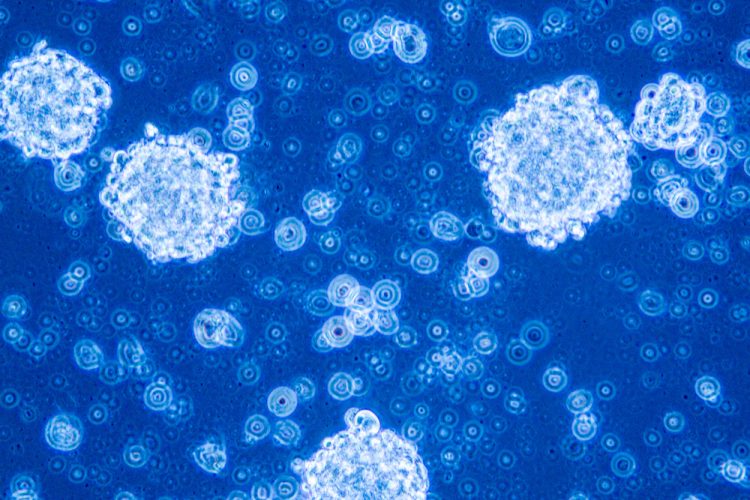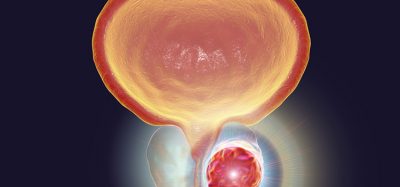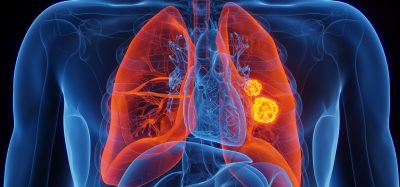Glioblastoma survival mechanism reveals new therapeutic target
Posted: 12 December 2017 | Dr Zara Kassam (Drug Target Review) | 1 comment
Researchers have provided insights into a mechanism of tumour survival in glioblastoma and demonstrated that inhibiting the process could enhance the effects of radiation therapy…


Researchers have provided new insights into a mechanism of tumour survival in glioblastoma and demonstrated that inhibiting the process could enhance the effects of radiation therapy.
Our findings solidified the concept of the promoting role of autophagy in malignant glioblastoma
Previous research has suggested that autophagy — a natural process of cell destruction that also plays a protective role under stress conditions — contributes to tumour survival and growth, and is induced by common cancer treatments, rendering tumour resistance to therapies. As such, there has been significant interest in inhibiting this survival mechanism.
In the current study, the scientists sought to understand the molecular mechanisms regulating autophagy in the cancer, which could reveal novel targets for future treatments.
“Our findings solidified the concept of the promoting role of autophagy in malignant glioblastoma, and point out the necessity of specifically targeting autophagy in combination with first-line treatments — like radiation — for glioblastoma and other tumors,” said principal investigator Dr Shi-Yuan Cheng, PhD, professor of Neurology in the Division of Neuro-Oncology, and a member of the Lou and Jean Malnati Brain Tumor Institute at Northwestern Medicine and the Robert H. Lurie Comprehensive Cancer Center of Northwestern University.
In the study, the scientists first established that a protein kinase called MST4 plays a tumour-promoting role in glioblastoma. They then identified, for the first time, the substrate of MST4, called ATG4B, which mediates MST4’s tumour-promoting role through increasing autophagic activity.
The team further demonstrated that radiation induces MST4 expression and ATG4B phosphorylation, thus promoting the autophagy process that contributes to tumour survival.
Finally, the scientists investigated the effect of an inhibitor of ATG4B in a brain orthotopic xenograft model of glioblastoma. They showed that when used in combination with radiotherapy, the inhibitor significantly slowed tumour growth and increased overall survival rates of tumour-bearing animals.
“We identified a pro-autophagic signalling axis in glioblastoma, whose pharmacologic inhibition enhances the anti-tumour activity of radiation,” Dr Cheng explained, noting that the findings have the potential to be translated into clinical treatments.
The study has been published in the journal Cancer Cell.
Related topics
Disease Research, Therapeutics
Related conditions
Glioblastoma
Related organisations
Northwestern Medicine
Related people
Shi-Yuan Cheng








Good morning,
thanks for sharing this useful information about MST4. I want to say that ATG4B can stimulate autophagy by promoting autophagosome formation through reversible modification of ATG8. ATG4B is a substrate of mammalian kinase. MST4 phosphorylates ATG4B at serine residue 383, which stimulates ATG4B activity and increases autophagic flux. Inhibition of MST4 or ATG4B activities using genetic approaches or an inhibitor of ATG4B suppresses autophagy and the tumorigenicity of glioblastoma cells. Radiation induces MST4 expression, ATG4B phosphorylation, and autophagy. Inhibiting ATG4B in combination with radiotherapy in treating mice with intracranial glioblastoma xenograft markedly slows tumor growth and provides a significant survival benefit. Thanks for the comments.